The Algae Odyssey: Navigating the Four Key Algae Groups in Aquariums
Macroalgae and microalgae are ubiquitous on our planet, thriving in a multitude of environments, from the depths of the sea to the freshwater realms. These resilient organisms even venture into unique niches, such as air, soil, and even snow. The sheer diversity of algae species remains an enigma, with estimates varying from 70,000 to a staggering one million species according to different authors. Within the algae kingdom, a kaleidoscope of genera and species awaits exploration. In the realm of aquariums, four prominent algae groups frequently grace our glassboxes.

Blue-green Algae: Pioneers of the Aquatic Realm
Blue-green algae, often referred to as BGA or Cyanobacteria, are common inhabitants of aquariums. Despite their name, these ancient organisms aren't true algae; instead, they fall under the bacterial umbrella due to their lack of a genuine cell nucleus. BGA are rapid growers, forming a distinctive blue-green layer on various substrates, including the substrate itself, rocks, and driftwood. In the face of a BGA infestation, a blackout of 5-6 days proves effective. During this period, it's crucial to shield the aquarium from any incoming light—employ a piece of cloth or cardboard to create complete darkness. Subsequently, execute a series of three consecutive 50% water changes. This diligence is essential because blue-green algae can release toxins, underscoring the importance of these substantial water changes.

Green Algae: Nature's Miniature Mirrors
Green algae exhibit striking similarities to higher plants, boasting comparable metabolic processes and structural characteristics. In the aquarium world, these organisms manifest as small green spots adorning the glass and leaves of slow-growing plants like Anubias. Some species adopt elongated filamentous forms, while others cluster in cushion-like growths.
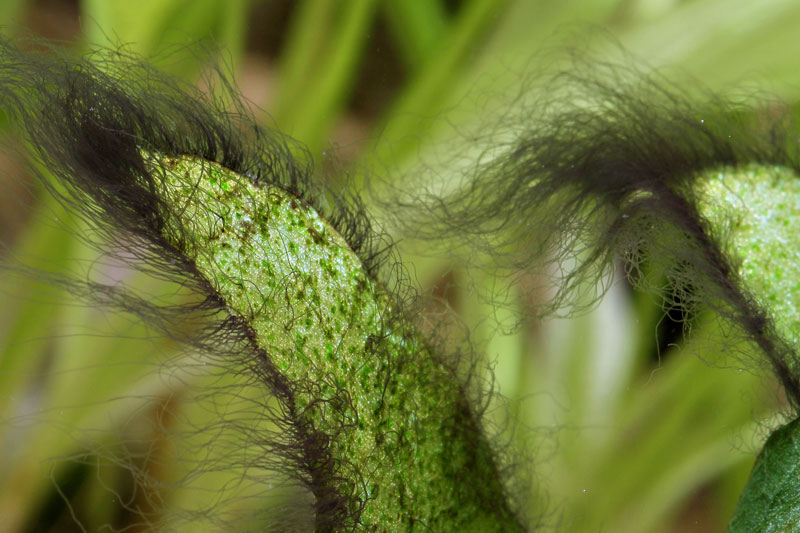
Red Algae: The Enigmatic Dissidents
Two notorious varieties of red algae—beard algae and staghorn algae—elicit mixed sentiments among aquarium enthusiasts. Both thrive in environments characterized by limited CO2 availability and strong currents. Counteracting their growth involves implementing anti-algal measures detailed in the text. A crucial variable lies in the water's CO2 concentration: an increase in CO2 levels prompts red algae to incorporate less calcium into their cellular structures, rendering them more accessible to algae eaters.
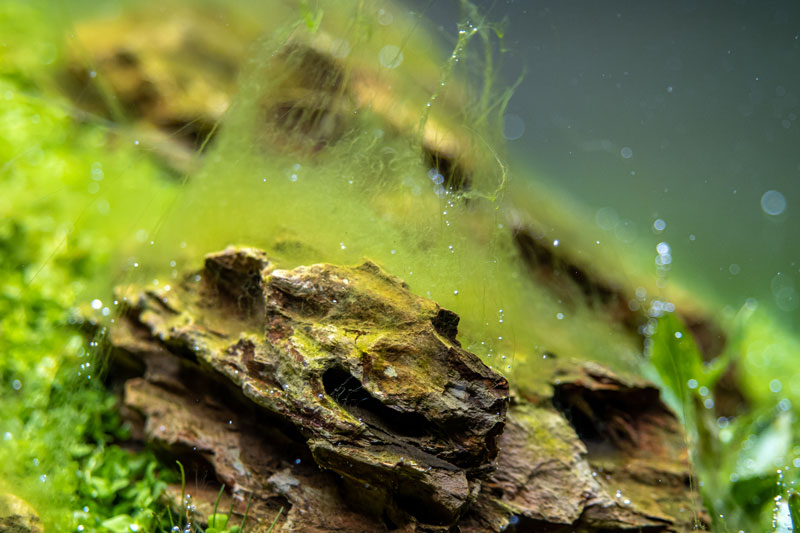
Diatoms: The Cryptic Brown Shroud
Diatoms, appearing as a brown layer on rocks, driftwood, and other decorative elements, are a common sight in aquariums. During the initial cycling phase of a tank, these organisms frequently emerge but gradually recede after several weeks. Efficient mitigation strategies involve fast-growing plants and the diligent efforts of snails or Otocinclus catfish, whose rasping mouths diligently reduce diatom populations.
In the labyrinthine world of aquariums, understanding and managing these four major algae groups is paramount to maintaining a harmonious aquatic ecosystem. By discerning the nuances of each group and implementing effective control measures, aquarists can unlock the true potential of their underwater paradises.

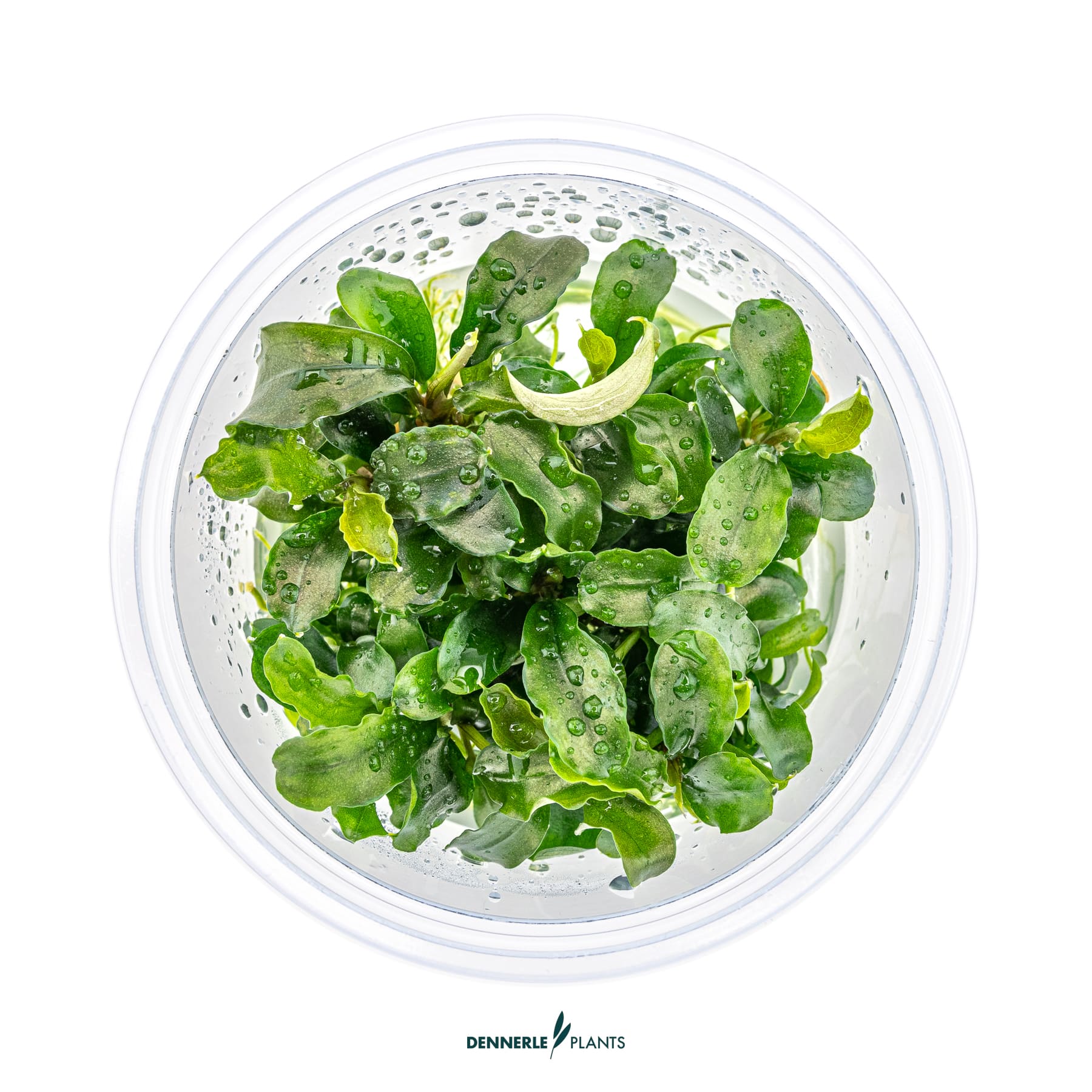
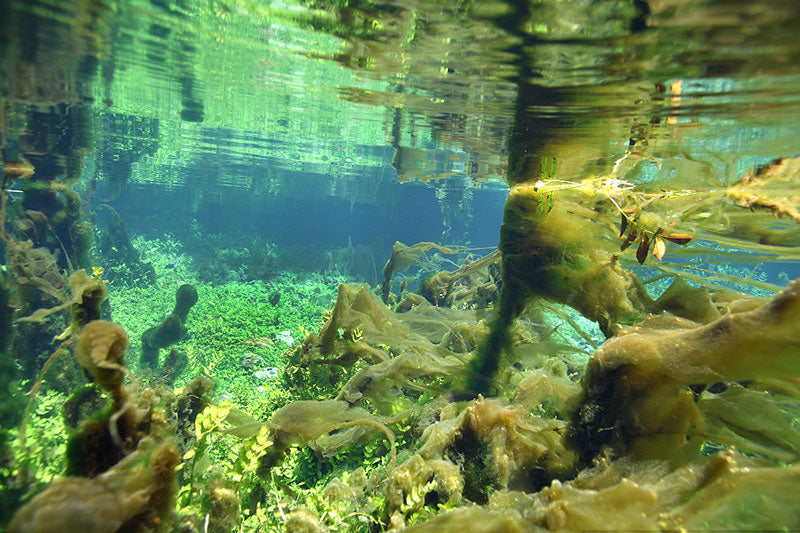
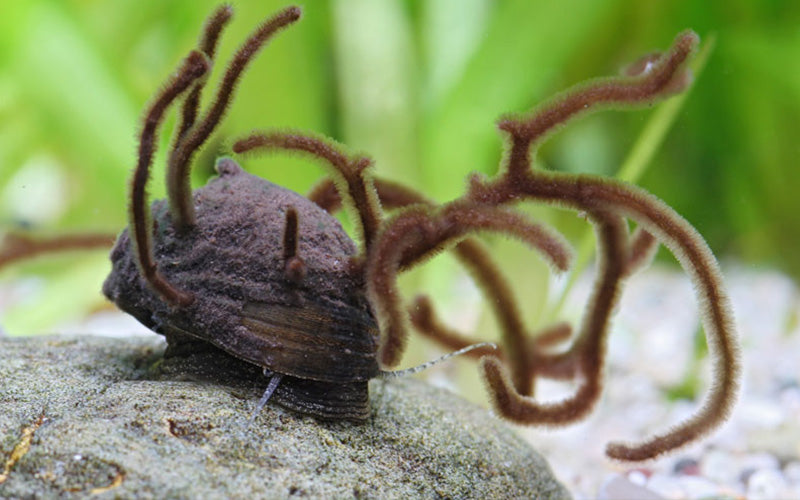

Leave a comment
This site is protected by hCaptcha and the hCaptcha Privacy Policy and Terms of Service apply.